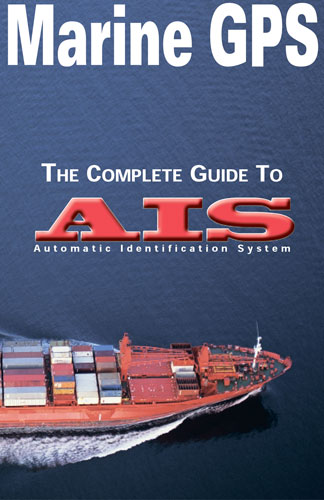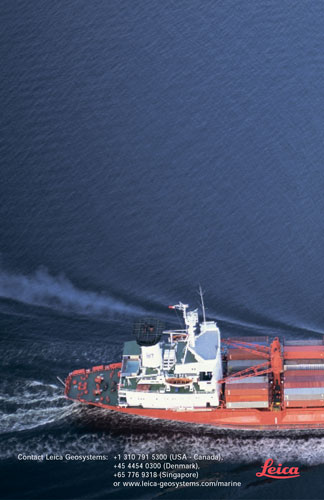Сб с 10 до 16
The Complete Guide to AIS Automatic Identification System/Полное руководство по автоматической идентификационной системе AIS
Книга на английском языке
Radio exchanges like the above are a commonplace occurrence on ships at sea, especially in busy waterways. The weak link in the current generation of collision-avoidance electronics is the inability to identify any given radar target when multiple contacts are being tracked, especially at night or in reduced visibility, when it is impossible to verify a ships identity visually This inevitably leads to confusion, and has been cited as a contributing factor to many collisions and near-collisions at sea.
A new technology, called Automatic Identification Systems (AIS), will help to resolve this difficulty by providing a means for ships to exchange ID, position, course, speed and other vital data, with all other nearby ships and shore stations through a standardized transponder system. The data exchange will be totally automatic and transparent to die users. The result will be a dramatic improvement in situational awareness for officers of the watch, who will have a clear and unambiguous identification, as well as other vital information, from all other AlS-equipped ships.
AIS will have a far-reaching impact on safety at sea. It will be required on most ocean-going commercial ships, and will also be integrated into shoreside surveillance and vessel traffic control systems.
Contents
Introduction
Chapter 1 What is AIS
Ship-to-ship data exchange
Fig. 1: Typical ship-to-ship operation
Fig. 2: Typical AIS display
Coastal surveillance
Fig. 3: AIS with coasted surveillance
Vessel traffic systems
Fig. 4: Integrated AISA^TS network
Potential benefits of AIS
Chapter 2 AIS Communications Scheme
Fig. 5: AIS cells
Fig. 6: Timeslot assignments
Chapter 3 AIS Messages
Chapter 4 AIS Shipboard Equipment
Fig. 7: Functioned diagram of shipboard AIS system
Total shipboard GPS/DGPS/AIS solution
Chapter 5 Carriage Requirements
What about non-solas vessels?
Chapter 6 AIS standards
Appendix
Useful Links




